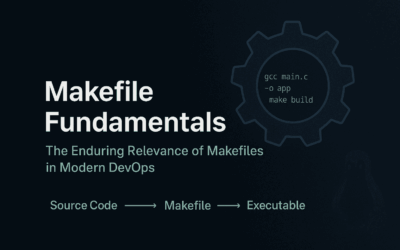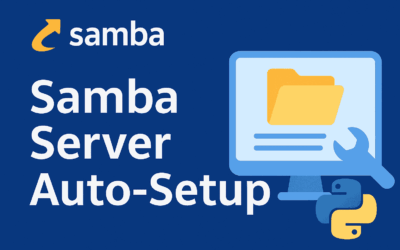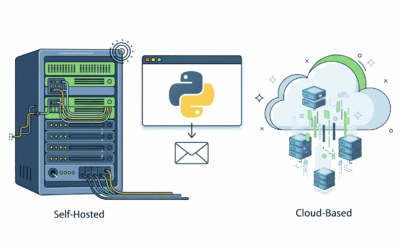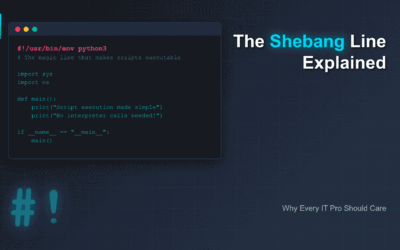Introduction A Makefile is a configuration file used by the make build automation tool to define how software projects are compiled, built, and managed. It contains a set of rules, dependencies, and commands that describe the workflow of transforming source code into...
Sandbox99 Chronicles
From My Sandbox to Yours — Practical IT Insights.
Mastering Infrastructure: A Senior Linux Engineer’s Guide to Configuration Management Tools
Introduction As IT Professionals, we live in a world where infrastructure is constantly evolving, and the sheer scale of managing servers, applications, and services can quickly become overwhelming. Manual configuration is not only prone to errors but also a colossal...
Samba Server Auto-Setup: Simplify File Sharing on Linux
Setting up a Samba server can be a repetitive and time-consuming task—especially if you manage multiple systems or need to redeploy often. To solve this, I recently published an open-source project on GitHub:👉 samba-server-autosetup 🔧 What is Samba? Samba is a free...
Mastering the Shell: A Guide to sed, cat, and echo for Admins
Introduction In the world of system administration, networking, and cybersecurity, efficiency and precision are not just goals—they're necessities. The command line is your most powerful ally, and mastering it can turn complex, manual tasks into simple, automated...
SMTP for Script Notifications: A Comparison of Self-Hosted and Online Services
Email Notifications for Your Scripts Ever wondered if that long-running cron job actually finished? Or if your nightly backup script encountered an unexpected error? As IT professionals, we can't afford to be in the dark. We need our automated systems to communicate...
The Shebang Line Explained: Why Every IT Pro Should Care
What is the Shebang Line? The shebang line (also called hashbang or sharp-bang) is the character sequence #! followed by the path to an interpreter, placed at the very beginning of executable script files. It tells the system which interpreter to use when executing...






